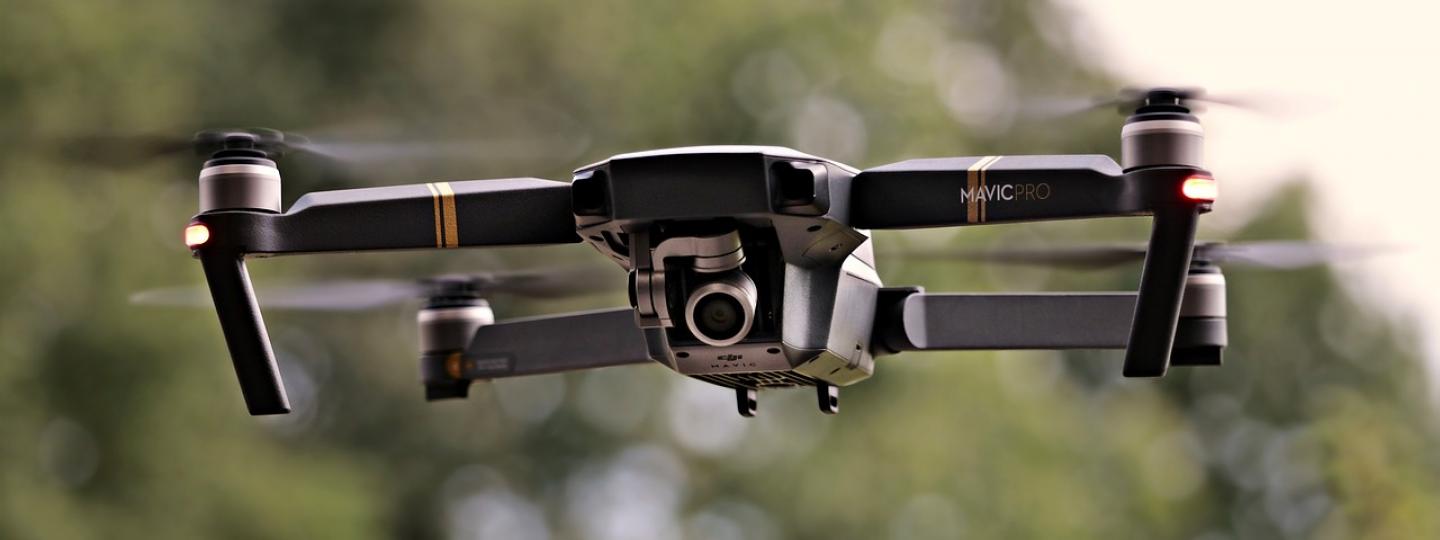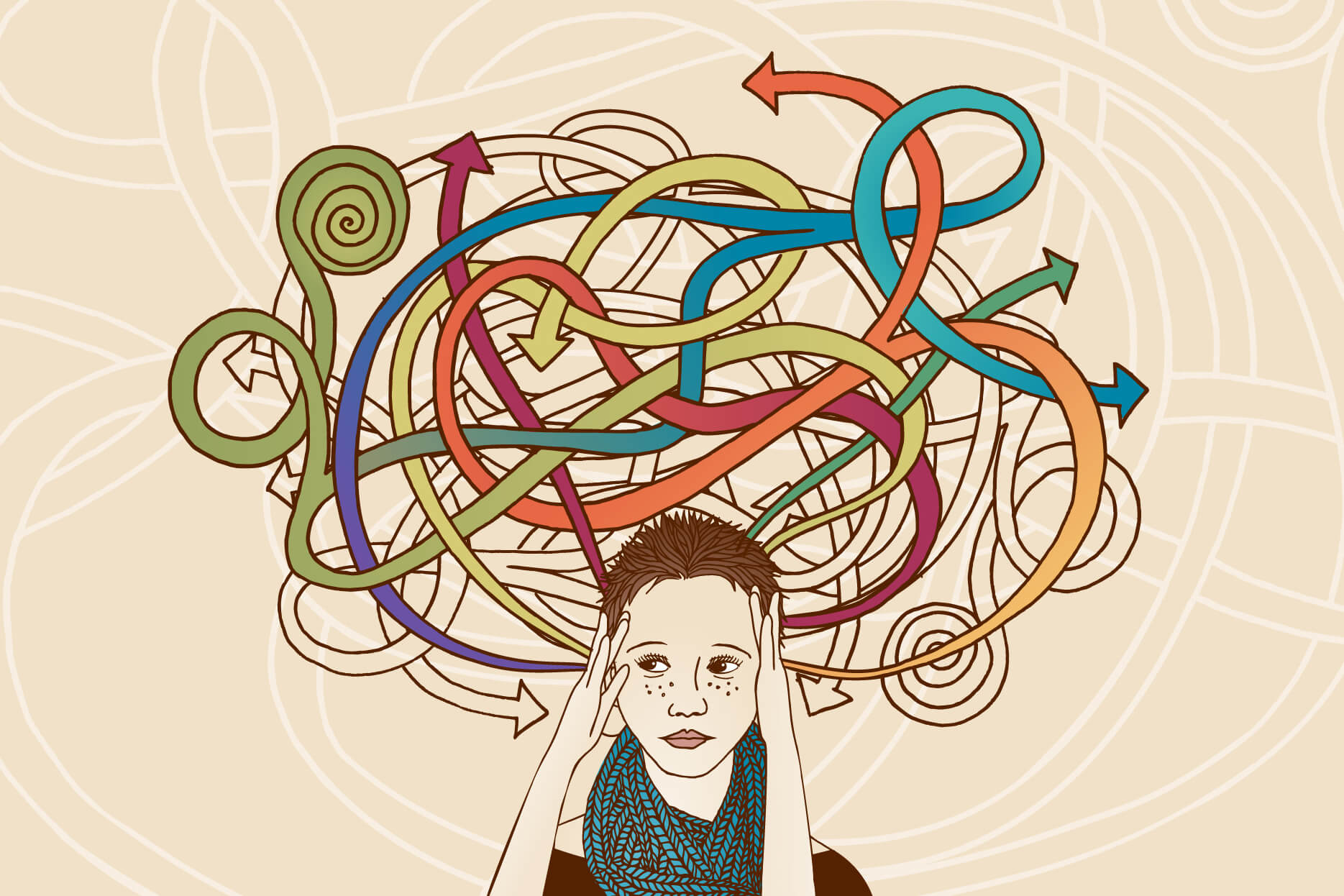One year ago, I hoped to be able to say to you now that drone journalism took off in 2017. This year, Poynter — along with the National Press Photographers Association, The Drone Journalism Lab at the University of Nebraska and DJI — taught nearly 400 journalists how to legally and safely fly. But the never-ending flow of local and state restrictions and the slow response of the FAA to airspace waiver requests keep drones from being the daily tool they can be. There is reason to believe 2018 will give those of us who are licensed drone pilots more freedom to fly.
In July, the FAA announced that in 2018, it will be rolling out a new "instant waiver" program that should allow you to get an airspace waiver in minutes. The system is called the LAANC (Low Altitude Authorization and Notification Capability) program. (Follow the link to see which airports are actively using the program now.) The program is not active nationwide yet, but will roll out in 2018. Pilots can download the AirMap iOS or Android app and file for a waiver by entering the coordinates and times of where and when they want to fly and state how high and how long they intend to be in flight. And the FAA produced a map that makes it easier to see what kinds of restrictions you will encounter where you want to fly.
This year, drones also gave journalists the ability to document the floods and destruction from hurricanes and the devastation that California wildfires left behind.
I asked some of the people who I taught with this year to give us a glimpse of where drone journalism stands and where we are heading. Our gurus include:
- Matt Waite, University of Nebraska Drone Journalism Lab
- Mickey Osterreicher, general counsel, National Press Photographers Association
- Sally French, known as "The Drone Girl" at thedronegirl.com
How would you assess 2017 for drone journalists? We hoped the year would be the breakthrough year with the Part 107 licenses being issued. Did it live up to the expectations?
Sally: Are we seeing drone shots all over the news? No. But I think that's okay. Journalists are being thoughtful about where they can use drones in their coverage. You are increasingly seeing aerial shots being used in drone coverage, but the Part 107 limitations still make it difficult to tell lots of important stories. You still can't fly at night or over people, which really limits the stories you want to tell to things like environmental stories, while excluding you from being able to cover big events like protests. A big moment this year was when CNN received a waiver in October to be able to fly over people. However, most newsrooms are small and don't have the resources (and lawyers) to get a waiver, which means these types of drone flights are being limited to major newsrooms.
Matt: I would have said it was a breakthrough in slow motion were it not for a very active hurricane season. If you watched the coverage of Harvey, Irma and Maria, drone photos and video were everywhere. And with the FAA moving aggressively to work with news organizations wanting to use Unmanned Aerial Vehicles (UAS) in those areas, it was a pivotal moment for drones in journalism. The value argument isn’t theoretical anymore. I’m not talking about what a news organization might do someday. I can point to it. It happened. It’s now a proven tool in the storytelling arsenal.
Mickey: I think when I used to describe the gap between the law and the technology the gap used to be pretty great. I would say that things have speeded up significantly on the regulation side. We have some common sense and least burdensome rules in Part 107 and they are continuing to make strides in granting waivers. I am pleased that we are moving in the right direction.
Watch Mickey Osterreicher describe drone privacy issues
Osterreicher told me that he hopes an FAA new UAS pilot program to harmonize the state and local ordinances with federal laws will make it easier for drone pilots to fly. But he says we are ending 2017 with a lot of local control from local police, for example, who may have no idea about what drones are or what airspace they are flying in. "I stress that you talk with local authorities before you fly so they can see that you are a professional."
What will be the single biggest development for drone journalists in 2018?
Matt: I think it’s going to be LAANC — the system for near instantaneous airspace access for 107 pilots. Currently, flying in controlled airspace in most places is a process that takes 90 days to get permission. So for most cities, and most journalists in those cities, it’s unworkable. LAANC is now working in a few cities — Lincoln is one of them — and it’s an unbelievable shift from that old slow way. I can walk outside my office, solidly in Class C controlled airspace, and with my phone and a minute of time, I can have air traffic control authorization to fly. Breaking news in vast swaths of cities becomes absolutely possible with LAANC.
Sally: I'm certainly curious to see what comes of the UAS integration pilot program. It could amount to not a whole lot, but it could mean that limitations like flying over people are removed. If so, then we'll definitely see way more commercial drone flights.
Mickey: The biggest single development … is the FAA reducing the time it is taking to grant a waiver in minutes, not months.They recognize that it was necessary to at least deal with and grant these waivers. They will probably still take longer to grant a waiver for a blanket waiver for an area, but the more specific you can be about when and where you want to fly, they said they will respond faster.
What concerns you most about the drone landscape ahead?
Sally: The biggest hurdle right now is public opinion. As drones become more and more prevalent, the big question is whether the general public gets used to and accepts drones, or if they get super annoyed by them. A lot of private landowners have taken steps to ban drones on their property, and on one hand that is disappointing as a drone pilot, it also is understandable. A flying robot buzzing over you as you try to surf or take a peaceful hike could genuinely be irritating! With it becoming easy to buy a drone for less than $500, we're going to see drones in the hands of more and more people. I hope that drone owners are cognizant of people's privacy and peace and respect those boundaries. The big "if" is how drone pilots shape public opinion.
Watch Sally French describe the testing process for drone licensing
Mickey: My concerns are the fact that the government is being overly cautious. We were hoping for a Notice for Rulemaking for being able to fly over people. But Homeland Security concerns over weaponizing drones have held that up. Anytime anybody (like CNN) makes progress in the right direction that is a good thing. The waiver they got was for a drone that was very lightweight (a Snap UAS, a frangible, 1.37-pound aircraft with enclosed rotors that is made of deformable material) and the chances of getting a waiver for a drone that you would likely use for newsgathering is still a ways away. I also have concerns that drones get unwarranted bad publicity about "almost collisions" between drones and aircraft when it turns out it didn't happen.
Matt: This might seem self-serving, but I still worry about education. There’s an awful lot of people out there who went to Best Buy with a credit card and now think they are a drone business that can do whatever it wants. The number of people not even doing the barest amount of due diligence is scary, quite frankly. As journalists, I believe we have to operate at the highest levels of safety and that requires drone journalists to be educated in what they must do, what they can do and what they should do.
Watch Matt Waite describe who needs to get certified to fly
Point us to a remarkable piece of drone photography that you saw in 2017.
Sally: I really love this video, which swept the awards at the FRiFFest drone film festival. In years past, most of the drone videos were just really cool angles of gorgeous landscapes. But that's starting to get tired. This film takes the drone out of it and really puts the spotlight on the film's subjects, which in this case are some amazing athletes.The editing is smart, and incredibly creative. Only a drone could take this video, but the video is so well done that you forget it was shot by a drone. That's what photographers should strive to be doing when taking drone footage.
Matt: For me, without question, it’s this photo by Ricardo Arduengo, who lives in Puerto Rico. He had just traveled into the countryside to check on his family and was on his way back to work in San Juan when his road ended. He was cut off by trees and the buckled road. Arduengo said he knew he could not capture the enormity of the damage from the ground, so he reached for his drone and flew up and down what was left of the road, even capturing a man on a bike trying to pedal across the devastation.
Mickey: I think the drone photography during the hurricanes was remarkable. There was no way to get to some of these places on the ground at all. I am thinking especially of the video from the Florida Keys.
The single most incredible drone work I saw in 2017 was this project by South African Johnny Miller called Unequal Scenes. (He first published the work in 2016 but as it won awards in 2017, it started capturing new attention.) As part of one of our drone workshops, the Unequal Scenes team joined us to explain the goal. He explained that by using drone photography he could clearly show stark dividing lines between wealth and poverty in a single image.This is what he said about it on his website:
Discrepancies in how people live are sometimes hard to see from the ground. The beauty of being able to fly is to see things from a new perspective — to see things as they really are. Looking straight down from a height of several hundred meters, incredible scenes of inequality emerge. Some communities have been expressly designed with separation in mind, and some have grown more or less organically.
During apartheid, segregation of urban spaces was instituted as policy. Roads, rivers, “buffer zones” of empty land, and other barriers were constructed and modified to keep people separate. 22 years after the end of apartheid, many of these barriers, and the inequalities they have engendered, still exist. Oftentimes, communities of extreme wealth and privilege will exist just meters from squalid conditions and shack dwellings.
My desire with this project is to portray the most Unequal Scenes in South Africa as objectively as possible. By providing a new perspective on an old problem, I hope to provoke a dialogue which can begin to address the issues of inequality and disenfranchisement in a constructive and peaceful way.
A quick survey
The Center for Journalism Ethics at the University of Wisconsin along with the National Press Photographers Association (NPPA) is interested in your thoughts about drone journalism. Both UW and NPPA were partners with Poynter in our 2017 drone journalism workshops. We are asking you to take a short survey to better understand your attitudes and beliefs about the use of Unmanned Aerial Vehicles (UAS) for news-gathering and reporting.
We estimate the survey will take about 14 minutes to complete.
To participate in the survey, go to this link.






